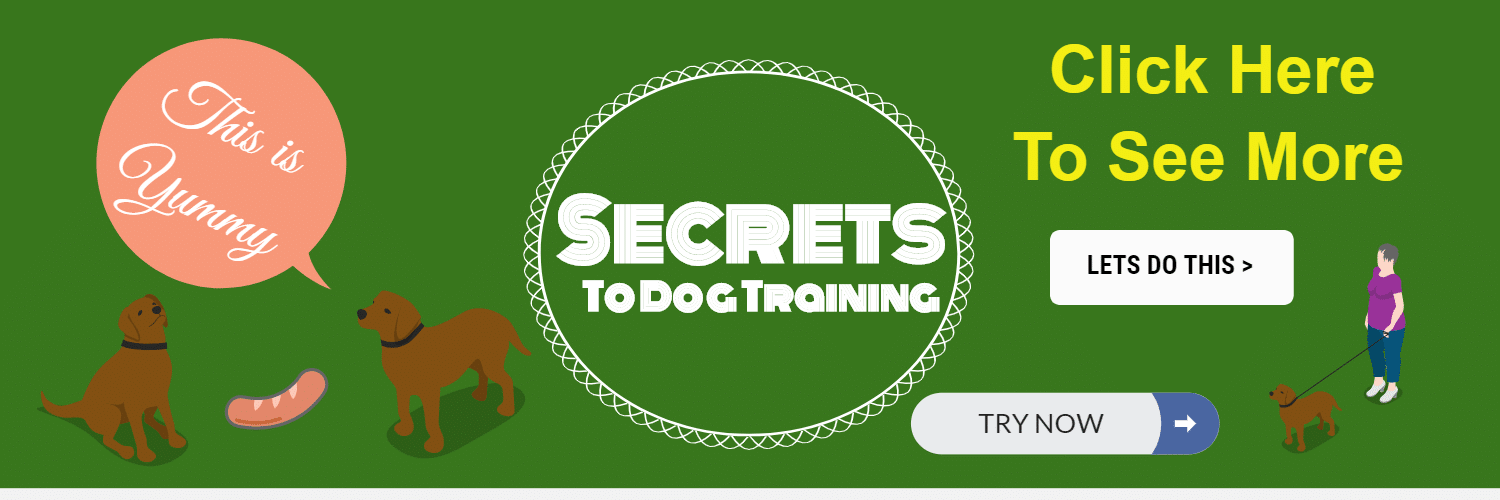Chapter 3: Disobeying Commands
It is important for dog owners to realize how vital it is for their dog to come to them when called to do so. If a dog is active and does not come when called, they can run into traffic and get hit by a car, also causing chaos for other traffic on the road.
Unfortunately, there are some careless dog owners who allow their dogs to roam free without a leash which is not a good idea. The owner should always have their dog on a leash which in fact is required in many urban areas and failure to do so can result in the owner facing a fine.
Not Heeding the Owner’s Call
You must train your dog to respond when you say ―come here‖ or heel and other commands as this is in the best interest for you, your dog, other animals, and other people. Make sure that when you use the command that your dog does not connect it with a bad experience. Your dog will always be in the learning stage and it is important that each process of teaching and training is something that is positive. That way, they won‘t hesitate to do whatever it is you want them to do.
Each time you command the dog to come, give him a reward. It does not have to be elaborate. Encouraging the dog can include scratching behind their ears or patting them on the head. You can also provide them with dog treats if you wish. Just as long as it‘s something that makes them feel good. As you do this, you must be consistent with it.
Chasing People, Objects and Other Things
Dogs are known to chase after moving objects, whether they are human or not. A prime example is a mailman delivering the mail, a common target for dogs. Another thing that dogs chase after are wheels on a car as the car is moving. This can be dangerous for the dog as well as the driver of the car. You must train your dog not to chase people and other things and the sooner you start, the better chance you have of getting the dog to obey you.
Depending on the breed of your dog, some are easier to train and those that are used for hunting or herding purposes are more likely to continue chasing people and objects. It‘s not a good idea to let a dog run free if they have not been trained and even if they have, they still need to remain on a leash in public.
When you are training your dog, do it in a safe area that is built-in. An ideal place would be your back yard that is fenced in and this way the dog will be able to concentrate on what you are teaching him. You should also train the dog in your home as this is another way of teaching the dog in a controlled environment. Place a leash on the dog. You and your dog will stand at one end of the hallway or room. Get a small ball and wave it in front of them but don‘t let the dog touch the ball. Roll the ball to the other end of the room and use the command ―stay‖. This command lets the dog know that they are not to chase after the ball. However, if they start to go after it, say the command ―stay‖ again and gently and firmly tug the leash.
It is important that the dog not touch the ball at all. If you allow him to do so, then he will think that the command ―stay‖ means that they can touch it. Do this several times or until the dog has learned what the command means. After the dog has gotten the message, give him a treat as a reward for learning that command.
Try the same thing but go to another room. Repeat the process again in more rooms of your home. After you feel that your dog has mastered the training, you can do it without the leash. Keep in mind you must remain in a controlled area. It may take a while for your dog to get the hang of this – just be patient until you are confident that he has learned to stop chasing.
Do a test to see if your dog has actually learned from your training. Get someone to act as a walker or a jogger. The dog should not notice them. In fact, the person that you choose should be a stranger to the dog, but not to you.
Keep the dog on the leash and allow the person to walk or jog several times. During this time, you will do the ―stay‖ command. See if the dog will remain still or try and chase the person. If he tries to run, gently and firmly tug on the leash. If he stays put, you can give him a treat.
Escaping and Roaming
You should never allow your dog to escape your home and roam in the neighborhood. That is irresponsible on your part and can also pose a danger to your dog and the residents in the area.
Some dogs will work an escape plan by themselves and once they get out, they will go after anything in sight including humans, cars, or anything that makes a movement. Working to prevent this from happening is easier than trying to get your dog back once they have gotten out.
One of the things that you can do is eliminate anything that will provoke your dog to getaway. You must keep your dog busy because if they are bored, they will want to get away and will scheme to do it. If they have plenty of toys, along with water and sleeping arrangements, they won‘t think about getting away as they will be too busy playing and getting their rest.
If you have a dog that has a lot of pent up energy, they will want to escape. They are not using their energy and it makes them bored and anxious to get out. Allow the dog to work off the energy that has built up inside of them to ensure that they do not try to run away.
Make sure that the fencing in your garden is sufficient enough that your dog will stay in a controlled environment and will not be able to get out. If you have a dog that has a habit of digging, you may have to place metal stakes in the ground. You may also have to make the fence higher if your dog has a habit of jumping. All in all, you must do everything possible to ensure that your dog cannot get out and roam the streets.



